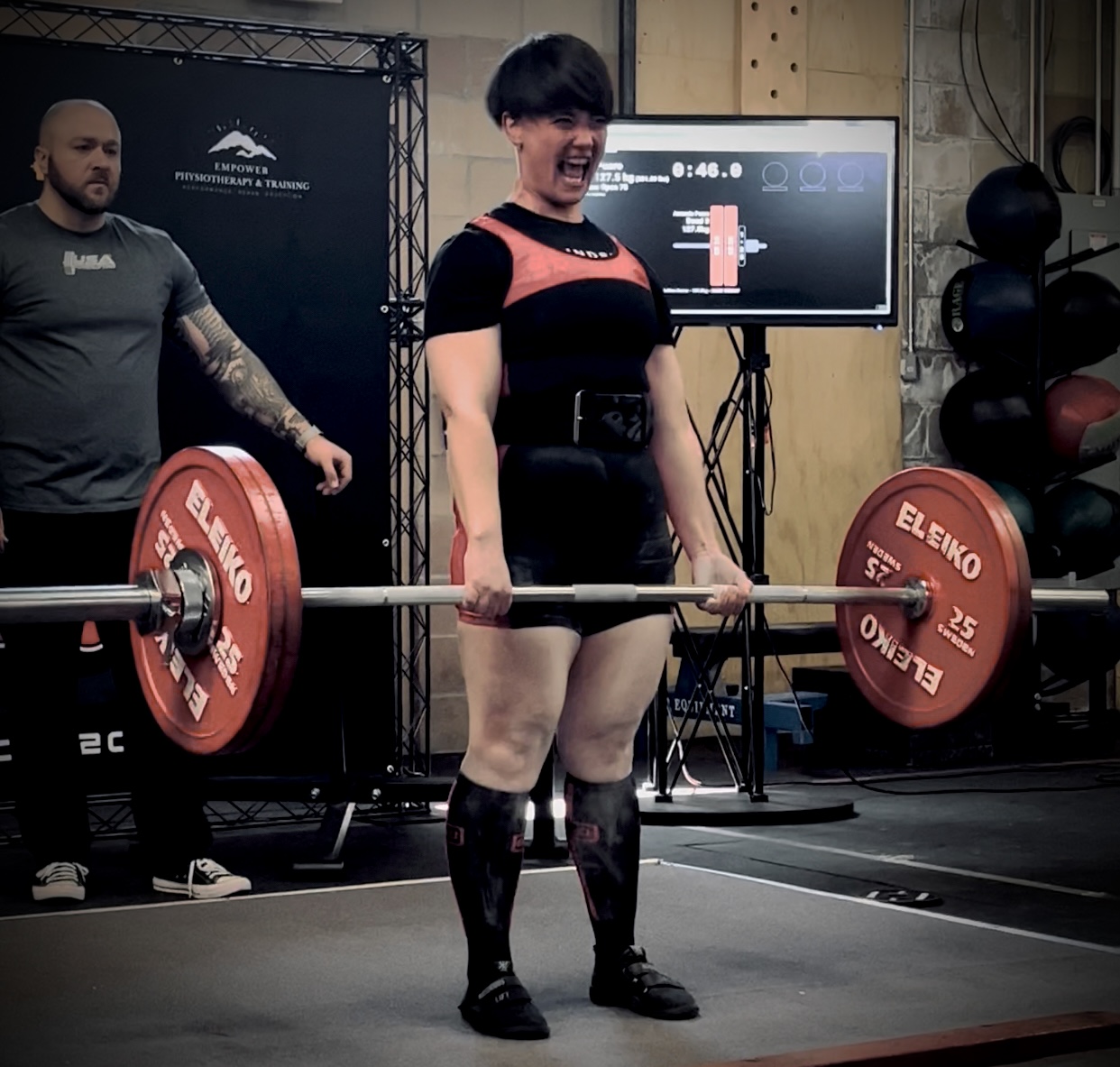How Often should Powerlifters Max Out?
- Coach AP
- Aug 16, 2024
- 3 min read
Max effort lifts are a staple in powerlifting, showcasing strength and forming the foundation of any powerlifter’s training. But the frequency of these max effort lifts—whether on the squat, bench press, or deadlift—can be a point of confusion and debate. How often should you be hitting those 90-100% lifts? The answer isn’t one-size-fits-all, but understanding the factors involved can help you optimize your training.
The Role of Max Effort Lifts
Max effort lifts, by definition, involve lifting the heaviest possible weight you can handle for a single rep, often working at or near your one-rep max (1RM). These lifts are crucial for several reasons:
Neural Adaptations: Lifting at max effort conditions your nervous system to recruit the maximum number of muscle fibers, improving strength and power output.
Technical Precision: Max effort lifts hone your technique under heavy loads, which is vital for success in competition.
Psychological Training: Getting accustomed to handling near-maximal weights builds mental toughness and confidence.
Factors Influencing Max Effort Frequency
Experience Level
Beginners: Newer lifters should focus on building a strong foundation with submaximal loads. Max effort lifts can be more taxing on their developing neuromuscular systems, and too much too soon can lead to burnout or injury. For beginners, max effort lifts might be scheduled sparingly—once every 6-8 weeks.
Intermediate Lifters: With more experience, lifters can handle max effort lifts more frequently. A common approach is incorporating these lifts every 4-6 weeks, with variations in volume and intensity to prevent overtraining.
Advanced Lifters: Seasoned lifters who have years of experience under the bar may incorporate max effort lifts into their programming weekly, often as part of a conjugate or Westside-style program. However, they typically cycle through different variations of the main lifts to avoid excessive strain on the same movement patterns.
Training Goals
Strength Building: If the primary goal is building maximal strength, incorporating max effort lifts more regularly—every 1-3 weeks—can be effective, provided there’s enough recovery built into the program.
Hypertrophy or Technique Focus: When the focus shifts to muscle growth or technical refinement, max effort lifts might be reduced to once every 6-8 weeks to allow for higher volumes and more frequent practice with submaximal weights.
Recovery Capacity
Individual Recovery Rates: Everyone recovers differently based on factors like age, sleep, nutrition, and overall stress levels. Lifters who recover quickly might tolerate max effort lifts more often, while those with slower recovery might need longer intervals.
Deload Weeks: Incorporating regular deloads, where intensity and volume are reduced, can help manage fatigue and prepare the body for the next max effort attempt. This might mean alternating heavy weeks with lighter ones.
Injury History and Risk
Lifters with a history of injury or those managing nagging aches and pains should be cautious with how frequently they max out. Adjusting frequency and using variations of the main lifts that reduce joint stress can be beneficial.
Structuring Max Effort Lifts in Your Program
One effective way to structure max effort lifts is by using an undulating periodization approach. Here’s a basic outline:
Week 1-2: Focus on volume with submaximal weights (60-75% 1RM).
Week 3-4: Increase intensity with moderate to heavy weights (75-85% 1RM) and lower volume.
Week 5: Deload, reducing both intensity and volume.
Week 6: Max effort lift, testing a variation of your squat, bench, or deadlift.
Another method is to incorporate max effort lifts weekly but vary the lift each week, such as rotating between a back squat, a box squat, and a front squat (this is reflective of the Conjugate Method approach).
How often you should perform max effort lifts depends on several factors, including your experience, goals, recovery ability, and injury history. For most lifters, striking a balance between pushing your limits and allowing for recovery is key. By listening to your body and planning your training strategically, you can use max effort lifts to build strength, hone your technique, and prepare for success on the platform.


Comments